No More Shortcuts: The Methods You Can Use To Claim WFH Expenses
Ensure you’re up to date on how to claim your working-from-home expenses!
As the business landscape shifts back and forth between office, hybrid and home-based work opportunities, it’s important to remember what methods are available to you when it comes to claiming. If part of your role allows you to work from home, you may be able to claim certain expenses on your tax return this year using one of the following methods.
The Revised Fixed Rate Method:
Under the revised fixed rate method, individuals can claim 67 cents per hour worked from home during the relevant income year. This rate includes additional running expenses, such as home and mobile internet or data, phone usage, and electricity and gas for heating, cooling, and lighting. Importantly, using this method, you cannot claim separate deductions for these expenses.
To use this method, taxpayers must maintain records of the total number of hours worked from home and the expenses incurred while working at home. Additionally, they must keep records of expenses not covered by the fixed rate per work hour, demonstrating the work-related portion of those expenses.
What Records Do You Need?
Previously, taxpayers required a dedicated workspace at home. However, this requirement has changed. Now, individuals must maintain a representative four-week diary of the hours worked from home between 1 July 2022 to 28 February 2023. From 1st March 2023 onwards, the record-keeping requirement has shifted again, necessitating the recording of all hours worked from home as they occur.
How Does The Fixed Rate Method Work?
To utilise the revised fixed rate method:
- Additional running expenses are incurred due to working from home.
- Keep records of total work-from-home hours and incurred expenses.
- Maintain records for expenses not covered by the fixed rate.
The Actual Cost Method:
Alternatively, taxpayers can opt for the actual cost method, where deductions are calculated based on actual additional expenses incurred while working from home. This includes expenses for depreciating assets, energy expenses, phone and internet, stationery, computer consumables, and cleaning dedicated home offices.
What Records Do You Need?
To claim work-from-home expenses using actual costs, you must maintain records showing:
- The actual hours worked from home during the entire income year or a continuous 4-week period represents your usual working pattern at home.
- Additional running expenses incurred while working from home.
- How you calculated the deduction amount
How Does The Actual Cost Method Work?
To claim actual expenses:
- Incur additional running expenses due to working from home.
- Keep records showing expenses incurred and the work-related portion of those expenses.
Australians need to understand their entitlements and tax deductions while working remotely.
Consulting with a tax advisor can provide valuable insights into available concessions, deductions, and offsets for your tax return.
By staying informed and adhering to ATO guidelines, taxpayers can ensure compliance and make the most of available deductions in the evolving landscape of remote work. Why not start a conversation with us today
Thank you for reading!
Should you have any queries in regards to the above please contact our office on (03) 9728 1448
The TAS Team
3/653 Mountain Highway, Bayswater VIC 3153
The information contained in this publication is for general information purposes only, professional advice should be obtained before acting on any information contained herein. The receiver of this document accepts that this publication may only be distributed for the purposes previously stipulated and agreed upon at subscription. Neither the publishers nor the distributors can accept any responsibility for loss occasioned to any person as a result of action taken or refrained from in consequence of the contents of this publication.

